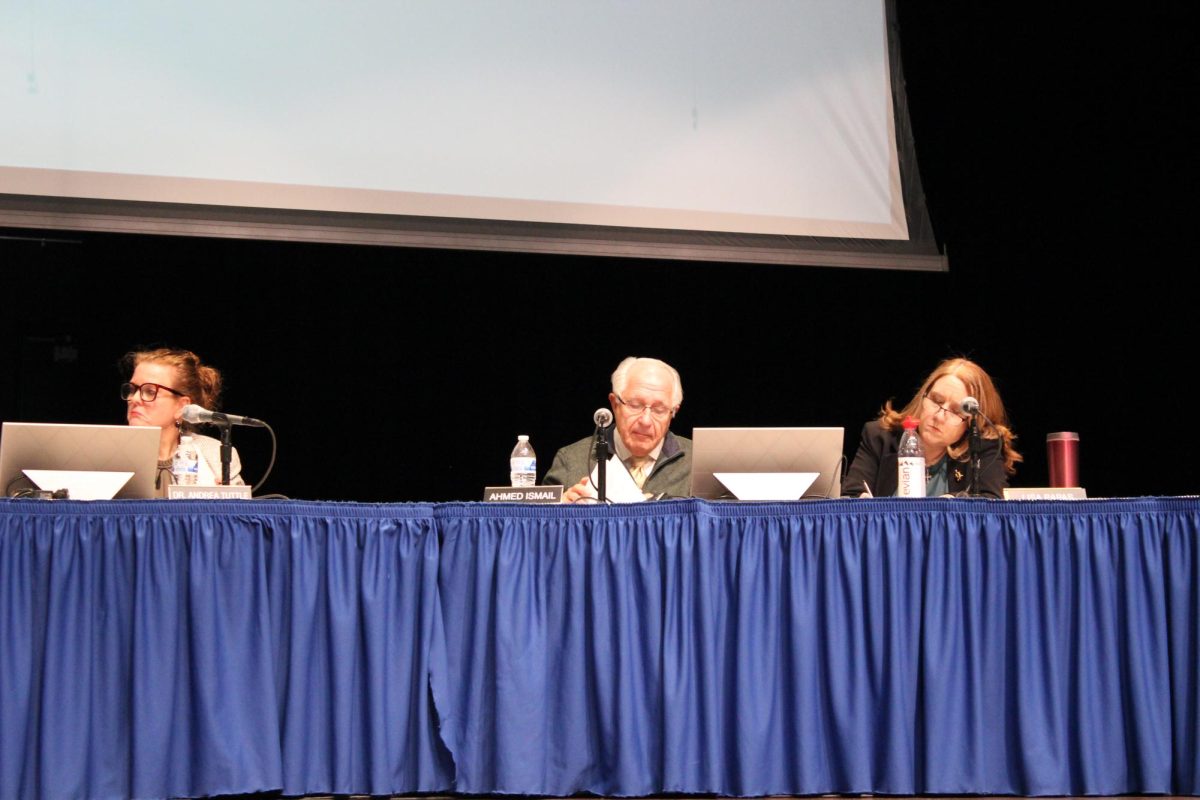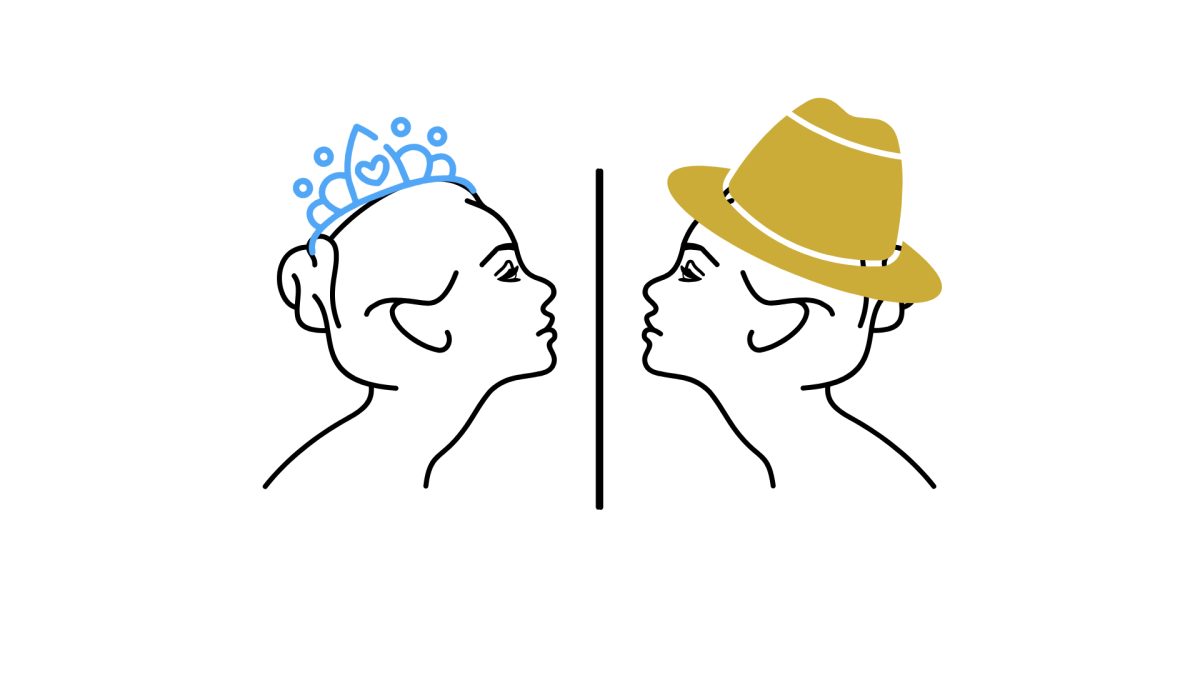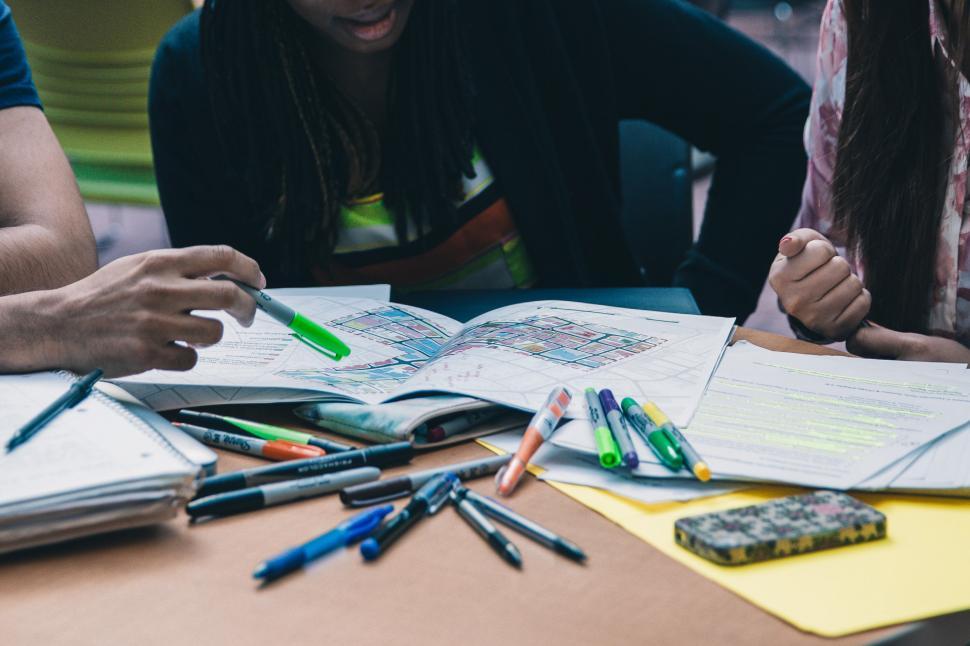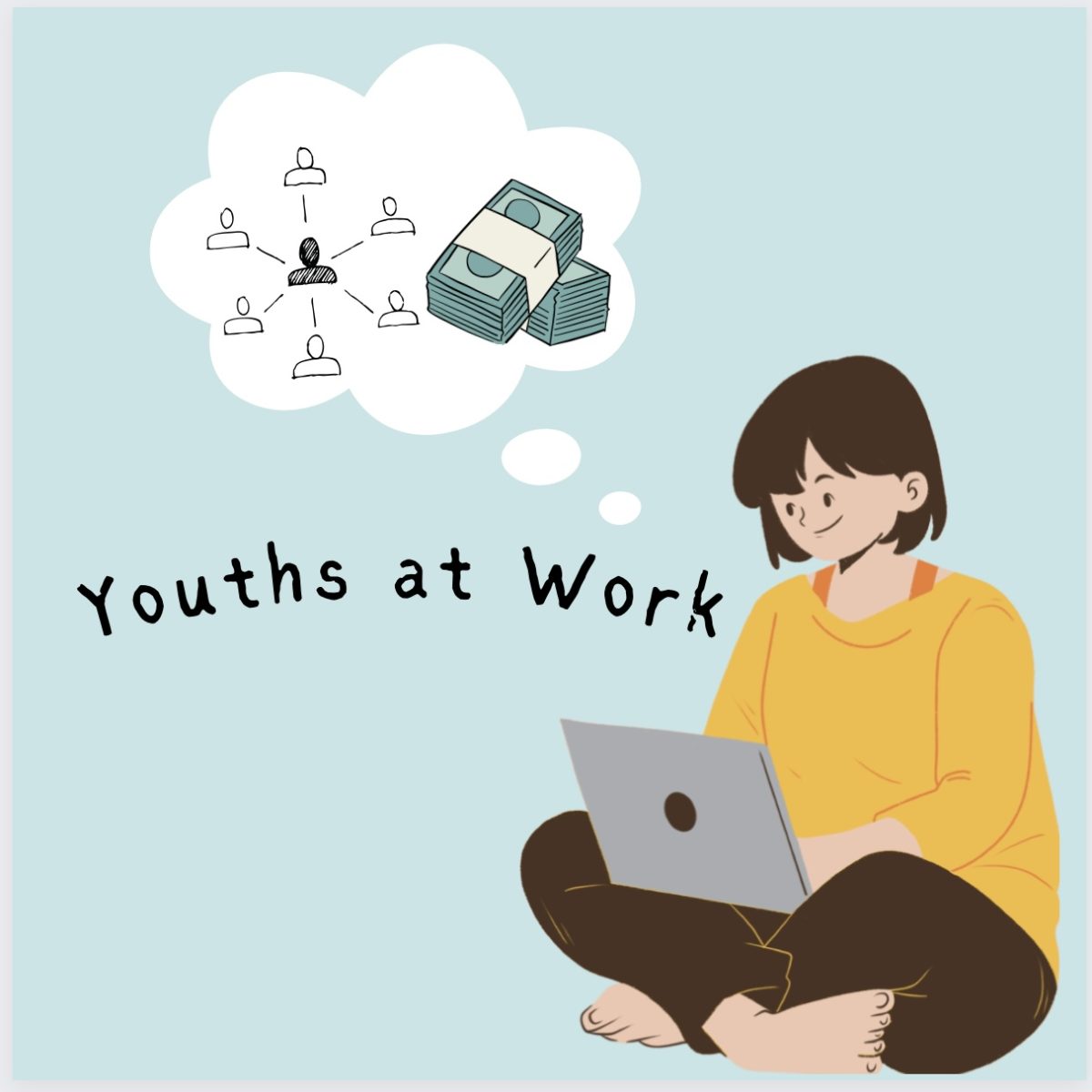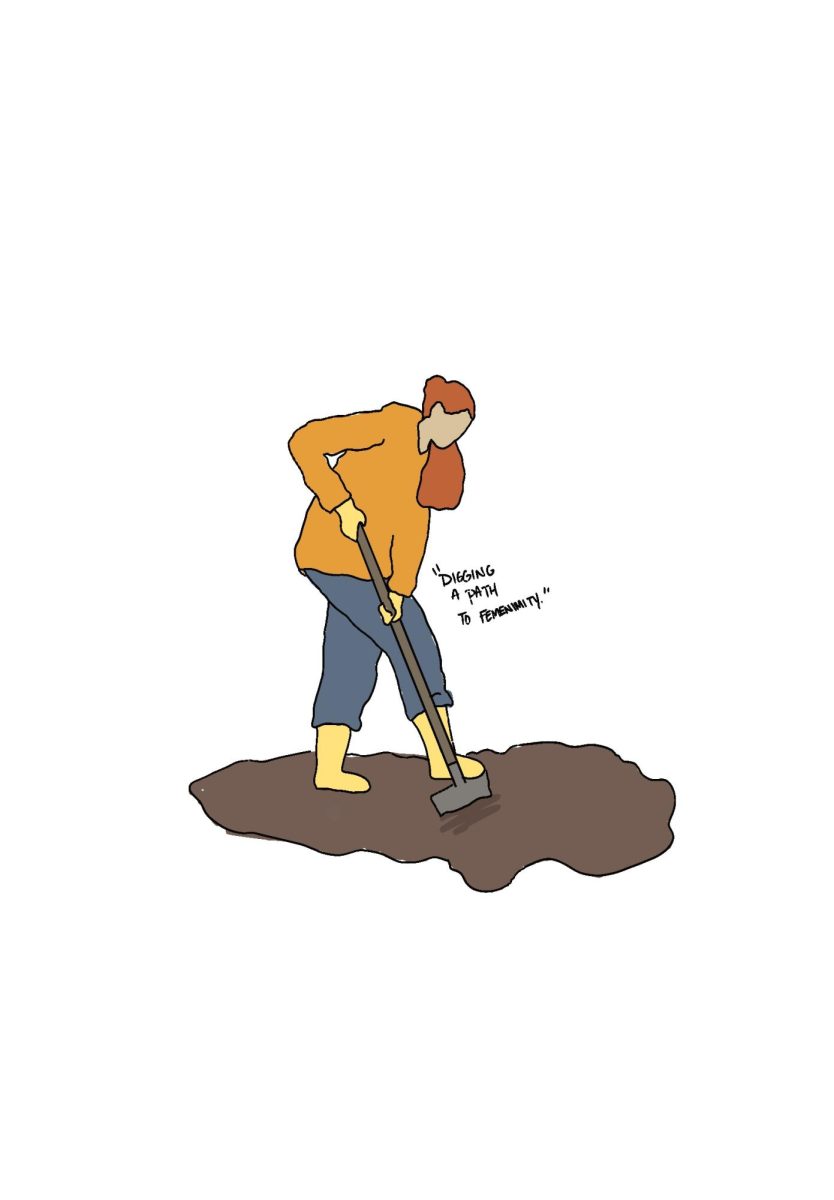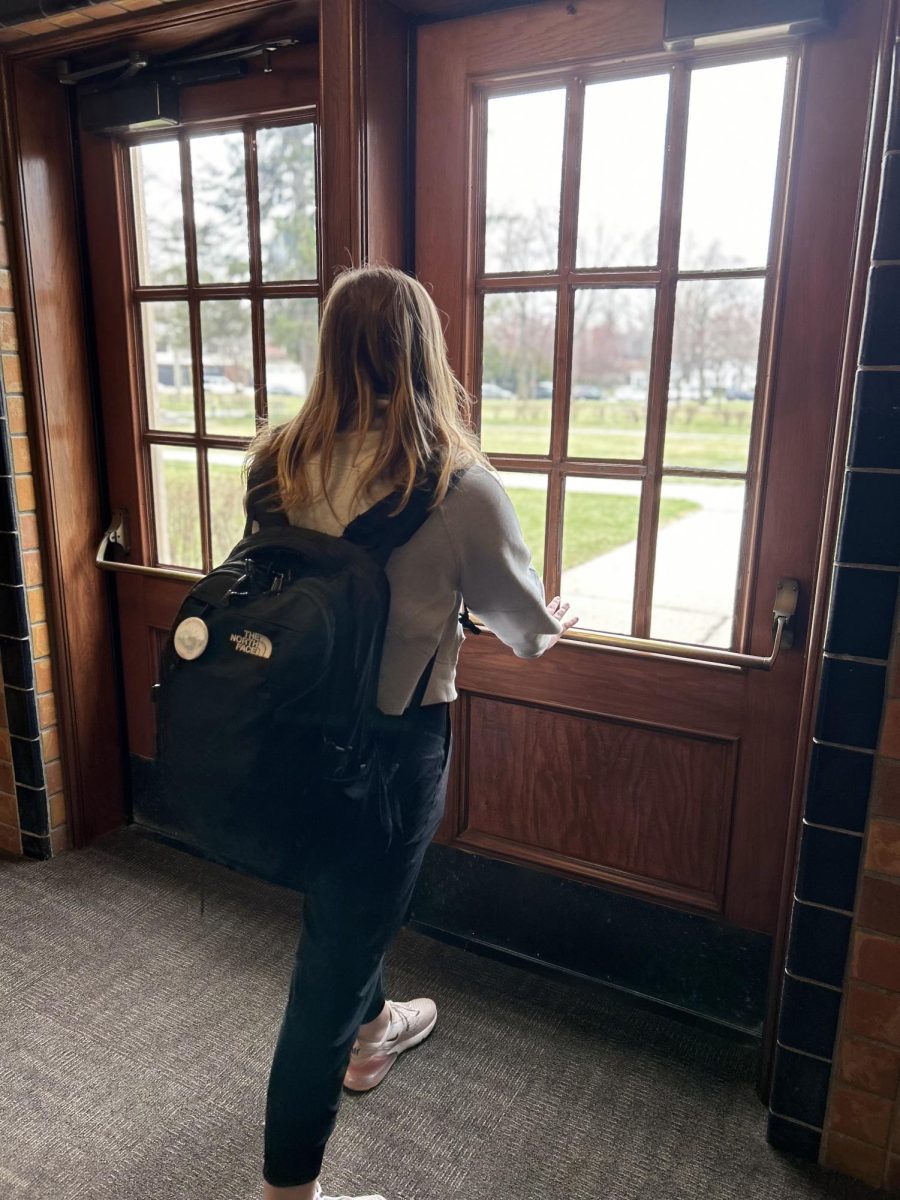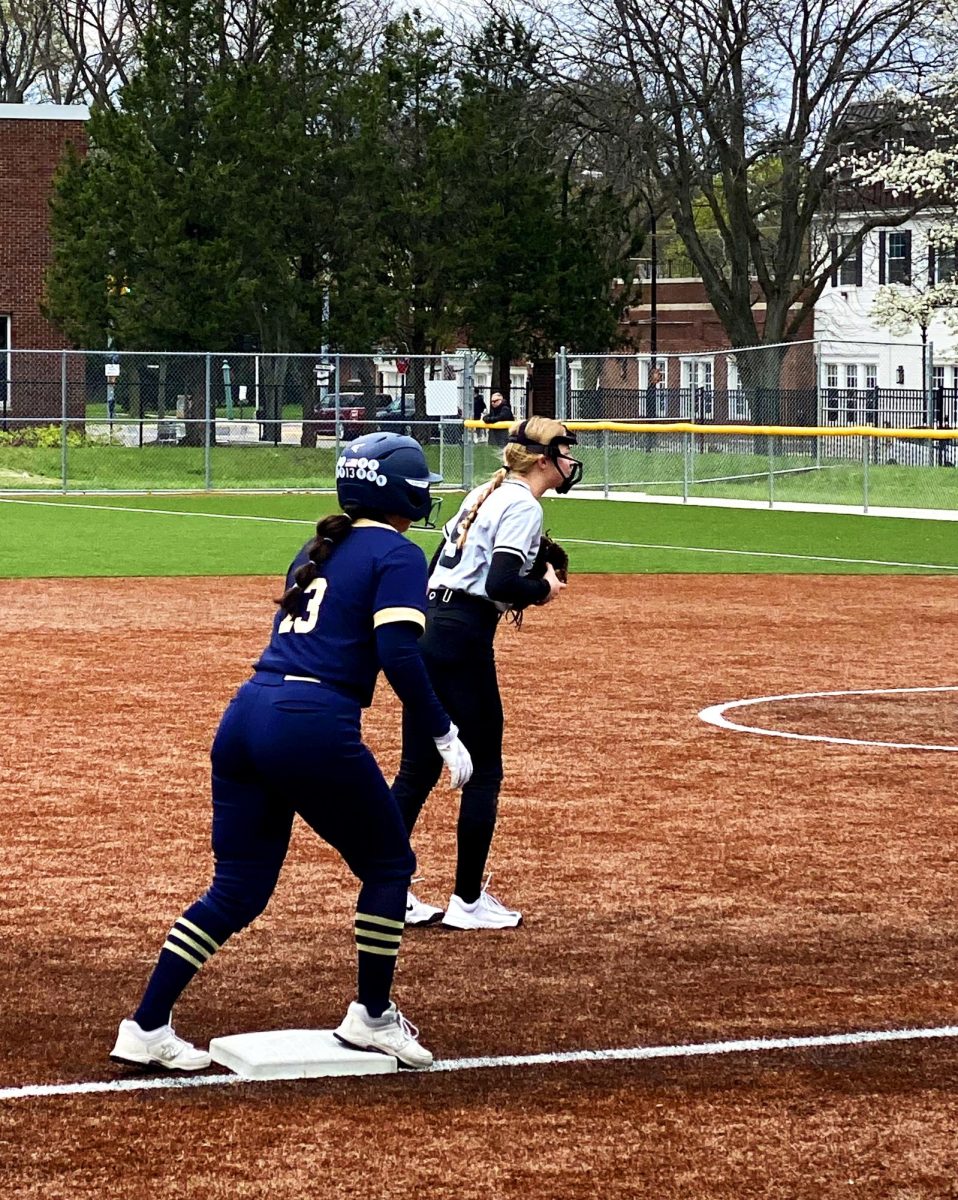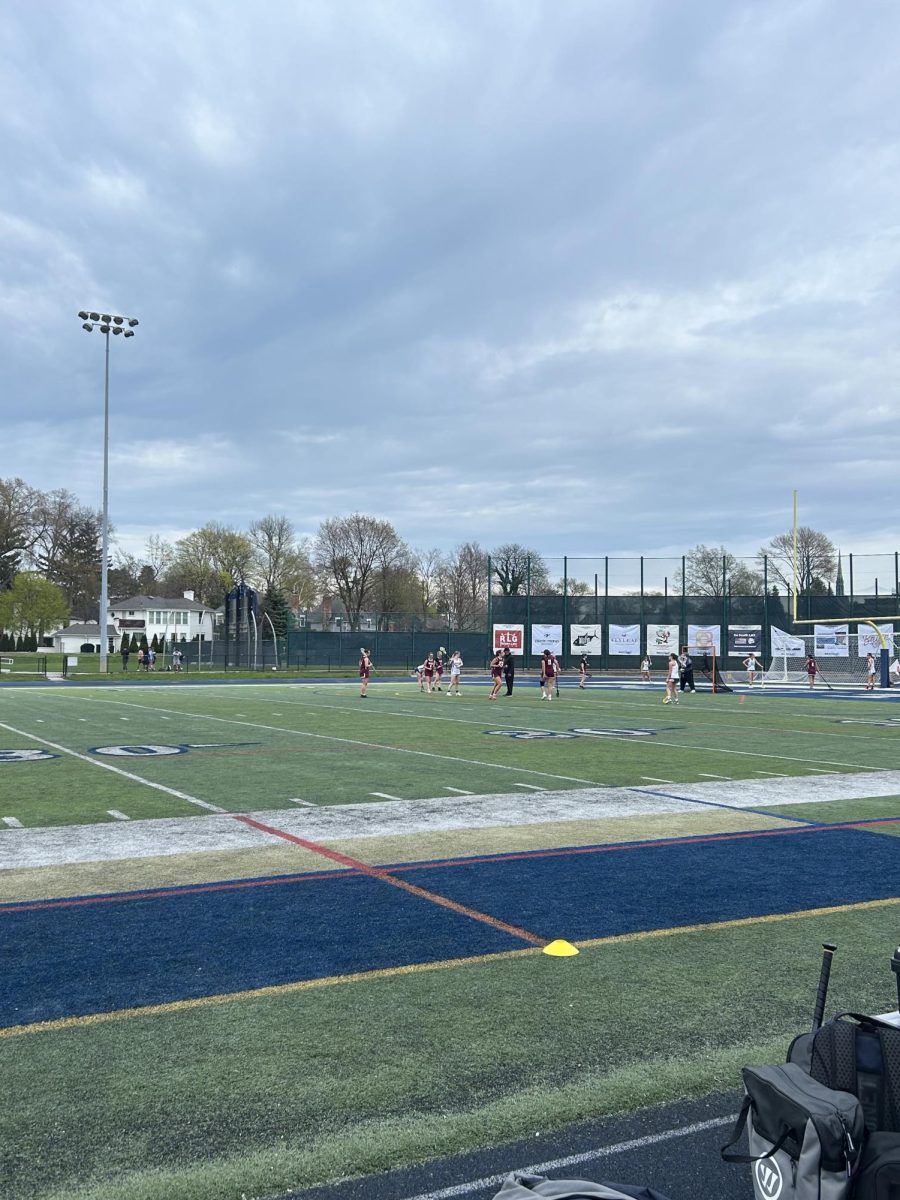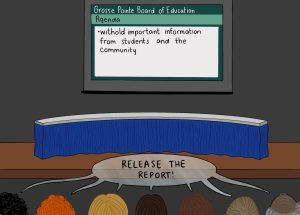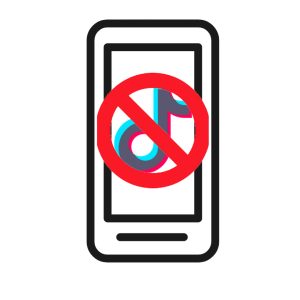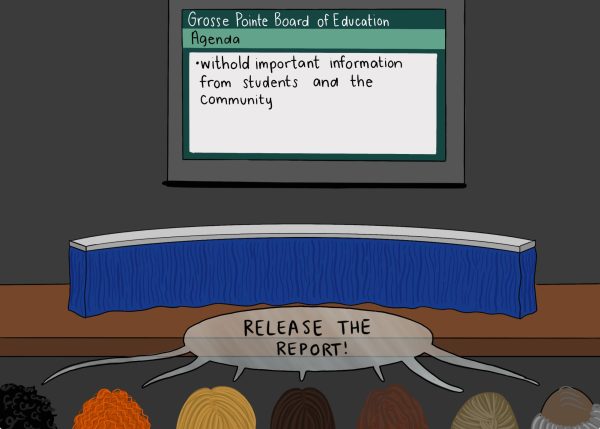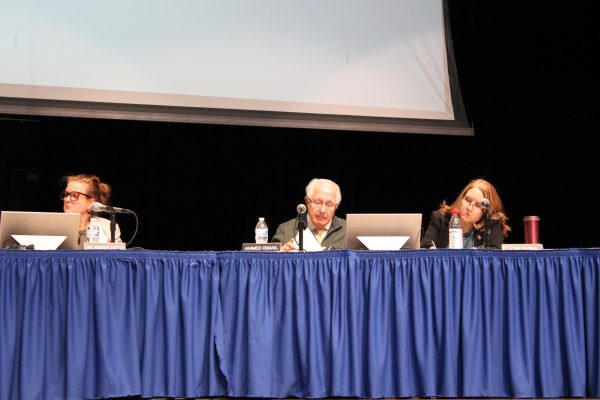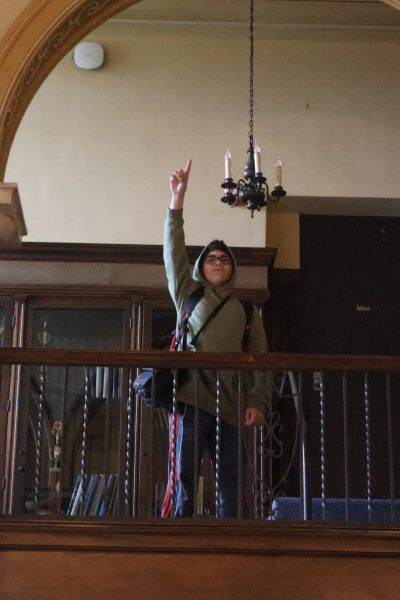Red light, green light
February 13, 2019
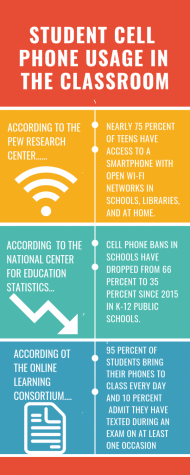
In the front of every classroom lies a familiar image for students: a stoplight. These stoplights can differ from classroom to classroom by showing either a red or green light. ‘Red zones,’ commonly referred by teachers and students, are classrooms don’t allow phone usage, while on the other hand, “green zones” do.
By this point in the school year, students are well aware which of their teachers are red and green zones. However, the question of why teachers determine their classrooms as red or green light rooms still lingers, AP Psychology and Economics teacher Kendra Caralis said, and her room is a green zone as well.
“I feel like it’s a good time to teach the proper usage of phones and when it is appropriate and when it’s not,” Caralis said. “I think that being able to give those reminders is a good thing.”
Caralis said she also allows phones for educational purposes as well. Online textbooks and study tools such as Kahoot, Caralis said, are used frequently in her classroom, and require the use of phones or computers.
However, Caralis said she has recently considered changing her policy in her classroom after feeling students may abuse the cell phone privileges in green zones.
“I think [phones] are used at the wrong times for the wrong purposes can definitely distract you from what is going on in the classroom,” Caralis said. “Part of that is just learning that you’re in charge of your education. If you’re on your phone, you’re not getting the information that you should be.”
English teacher Melanie Lauer said she designated her classroom as a red zone due to the distraction and inefficiency Phones create. Lauer said she has made her tutorial a phone free zone as well.
“I’ve seen, over the years, that tutorials have become more of an excuse to catch up on whatever it is you’re currently watching,” Lauer said.“So, I allow them out for the first ten minutes of class and then I make students put them away so they can focus on their work.”
Annie Reid ’21 said she agrees that phones can lead to more distractions in the learning environment, although more than half of her teachers allow phones to be out during the course of the class.
“I think [phones] definitely have a negative effect in the classroom,” Reid said. “When you see a notification, it’s really tempting to look at it and then get distracted.”





